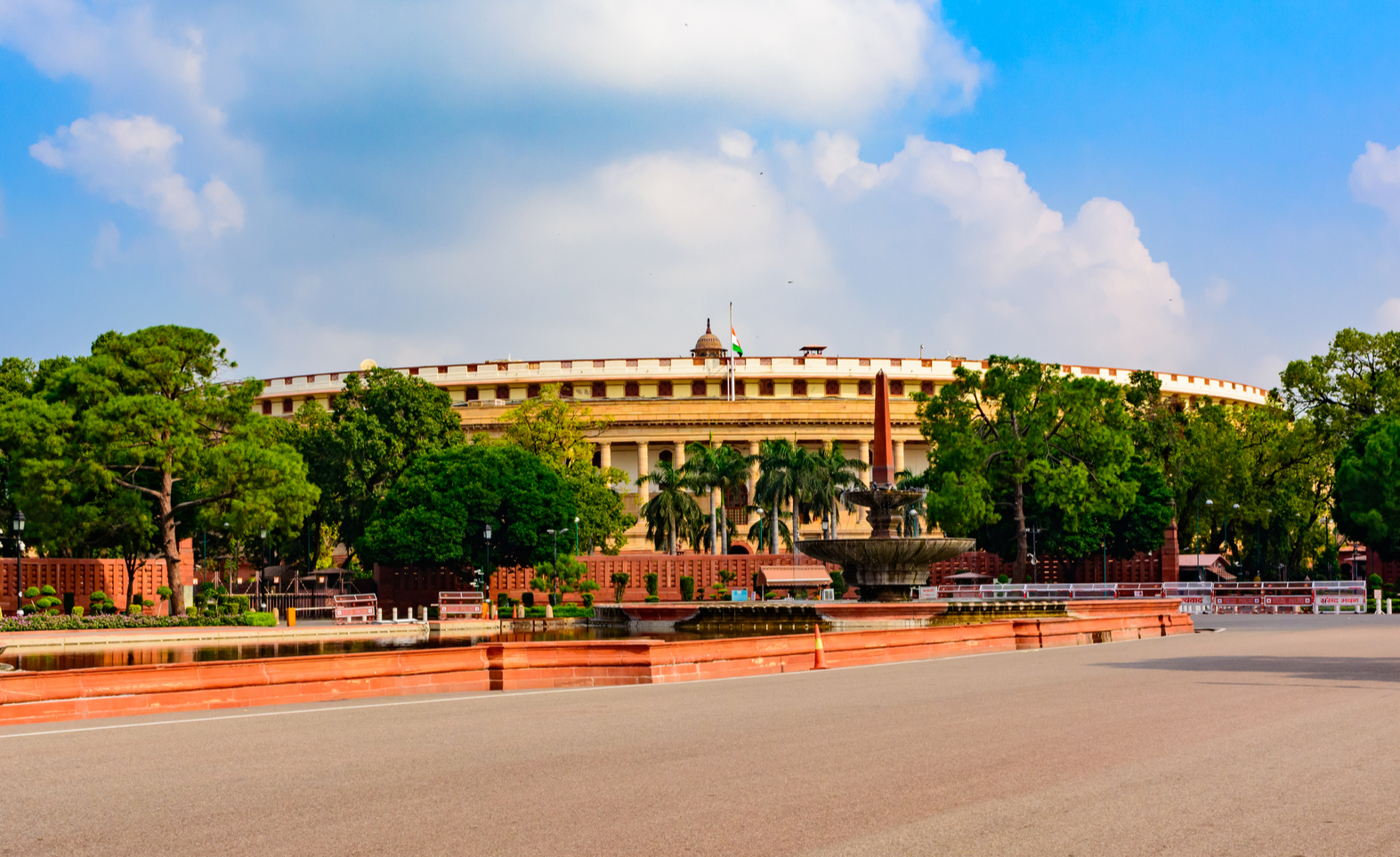
July 12, 2021
Hon’ble PM Modi has inducted 36 new ministers in his cabinet while moving out 12, bringing the number of cabinet members to 77.
With the inclusion of younger ministers in the cabinet, its average age has gone down to 58.
The cabinet now includes 13 lawyers, six doctors, five engineers, seven former civil servants, three MBAs, and seven with Ph.Ds.
With the recent addition of 7 more, the number of women ministers has gone up to 11 including two cabinet ministers.

In a significant move, Hon’ble PM Narendra Modi overhauled his cabinet, for the first time in his second term, bringing in 36 new ministers. Honouring their mantra of “Sabka Saath Sabka Vikas”, the new cabinet, which seems to be a perfect blend of youth, skills and social engineering is focussing on inclusivity and bridging the gender divide by including 7 more women ministers and ministers from all different castes and communities. This reshuffle also saw the resignation of 12 ministers from the council. With this the new council of ministers numbers 77 from the previous 52.
Some of the portfolio additions and changes in the Cabinet are:
New additions
Sri Jyotiraditya Scindia: Civil Aviation Ministry
Shri Bhupendra Yadav: Labour ministry.
Dr. Virendra Kumar: Minister of Social Justice and Empowerment
Smt.Meenakshi Lekhi: MoS External Affairs.
Change in Portfolio:
Shri Amit Shah: Ministry of Cooperation in addition to Home Ministry,
Shri Dharmendra Pradhan: Minister of Education; and Minister of Skill Development and Entrepreneurship
Shri Anurag Thakur: Ministry of Sports & Youth affairs; I&B ministry.
Shri Narayan Tatu Rane: Minister of Micro, Small and Medium Enterprises
Shri Sarbanand Sonowal: Ministry of Shipping, Ports and Waterways minister; AYUSH Ministry.
Apart from this, key Union Cabinet Ministers Shri Rajnath Singh, Smt Nirmala Sitharaman, Shri S Jaishankar, Shri Narendra Singh Tomar retain their portfolios of Defence Ministry, Finance Ministry, External Affairs Ministry and Agriculture Ministry, respectively. Prime Minister Shri Narendra Modi is also in-charge of the Ministry of Personnel, Public Grievances and Pensions; Department of Atomic Energy and Department of Space. The complete list of cabinet ministers can be found here.
With the inclusion of younger ministers to the cabinet, the average age of the council has gone down to 58, as against 61 in the previous council. In all, 14 ministers are under the age of 50 years; of these, six are of cabinet rank. For instance, Shri Pramanik is 35, Shri Thakur is 38 and Mirzapur MP Smt Anupriya Patel is 40. The choice of candidates is evidence of the PM’s vision of a new and aspirational India, forming what seems like the youngest cabinet ever in the history of the country.
A number of ministers in the present cabinet have been chosen based on their administrative experience to address any gaps or challenges in the functioning of the ministries. While some have prior experience others come with expertise across professional sectors.
In all, in the council of 77, there are 13 lawyers, six doctors, five engineers, seven former civil servants, three MBAs, and seven with Ph.Ds. For instance, Rajya Sabha member Shri Jyotiraditya Scindia is a graduate from Harvard and Stanford universities and Rajya Sabha MP Shri Ashwini Vaishnaw is a graduate from Wharton School of Business and the Indian Institute of Technology-Kanpur. This will indeed prove useful for the future of Indian politics and specially to deal with the post covid economic recovery.
All over the world there has been a phenomenal increase in the proportion of women in politics in the last two decades. The same can be said about the Indian political ecosystem, wherein there has been a rise in women leaders and this is again evident in the recent reshuffle of the cabinet. Studies have shown that a greater representation of women balances the process and prioritisations that elected bodies focus on. Women generally contribute significantly to women’s issues and ensure gender equality and genuine democracy. It facilitates women’s direct engagement in public decision-making and is a means of ensuring better accountability to women.